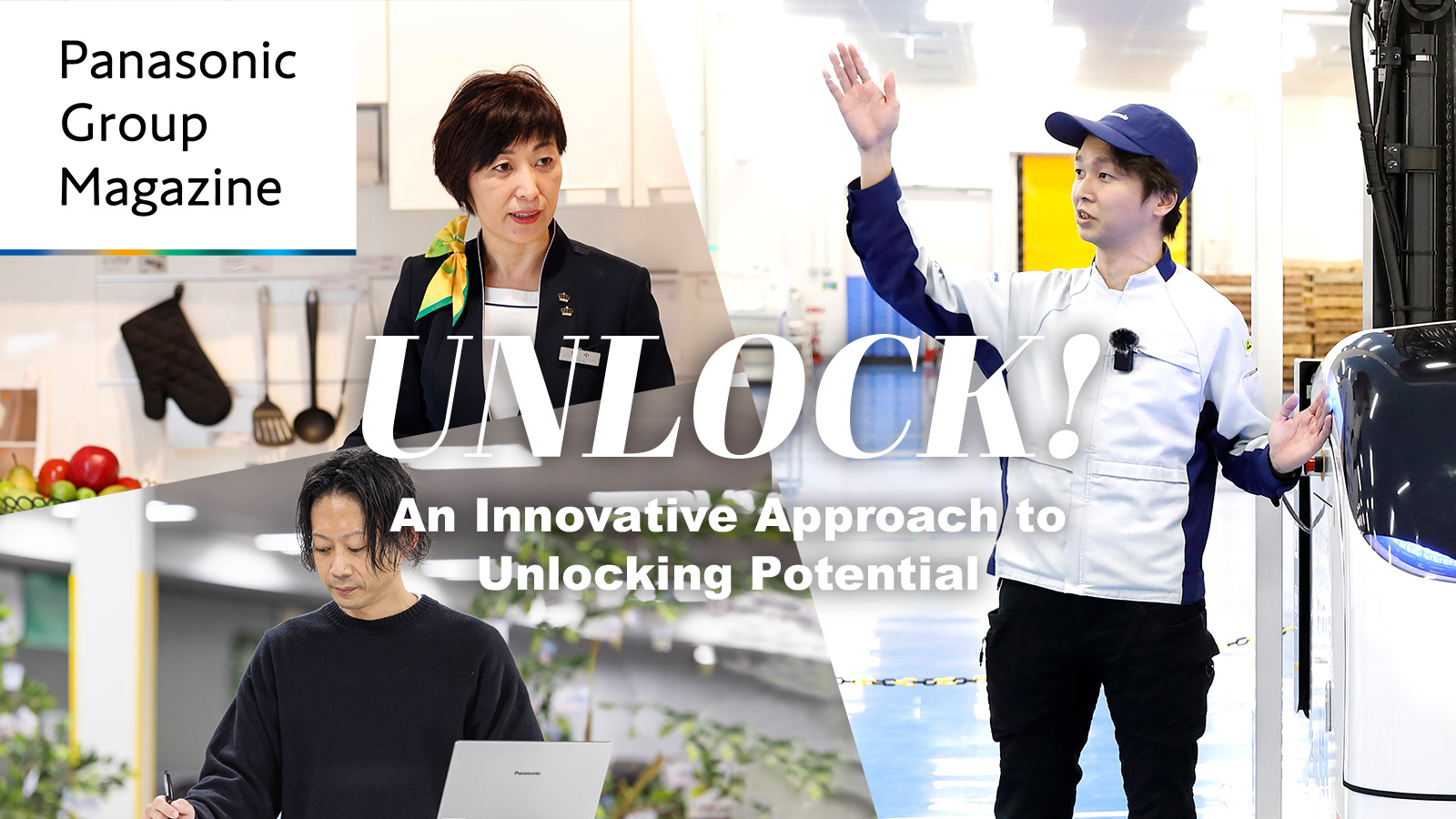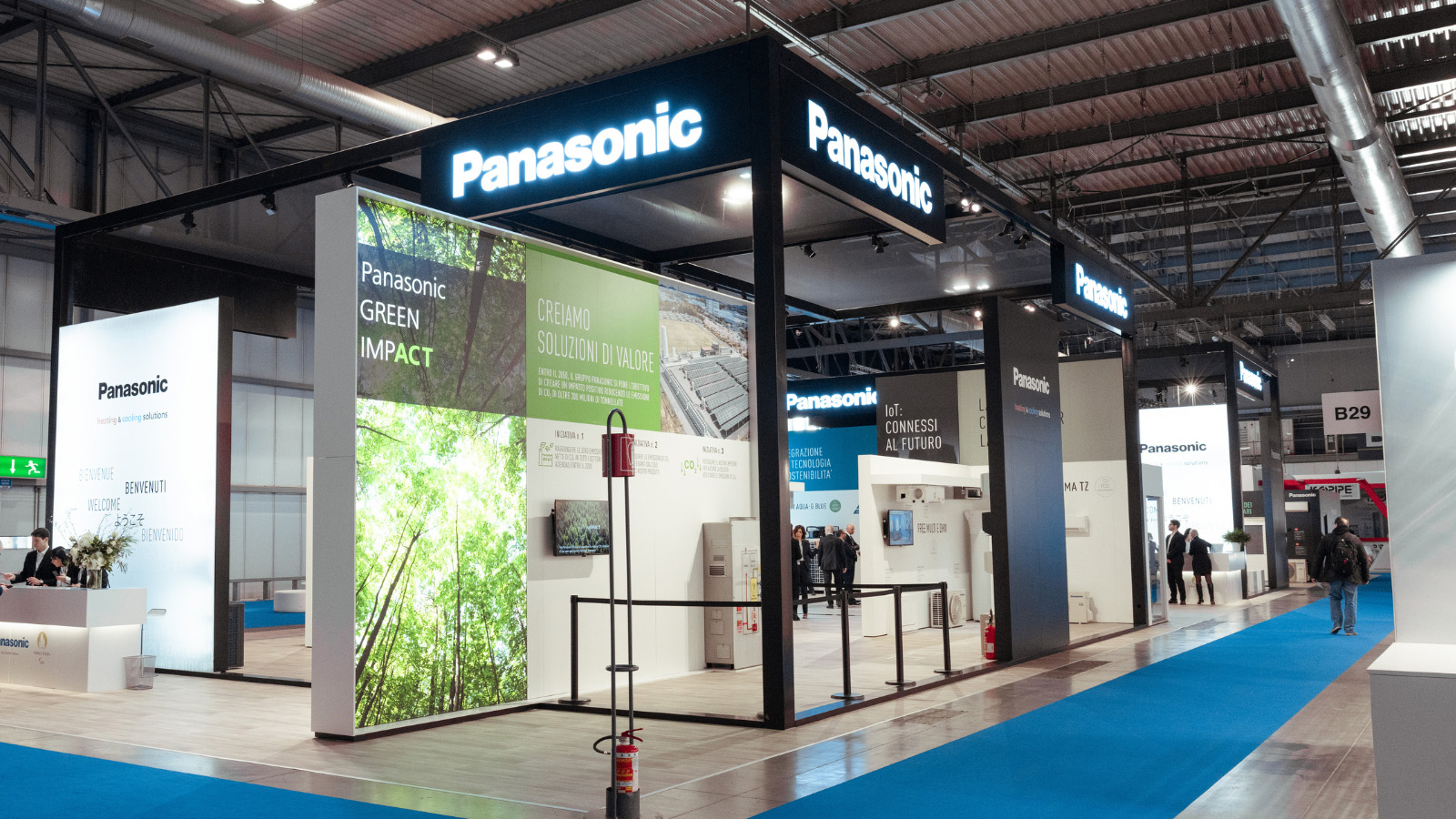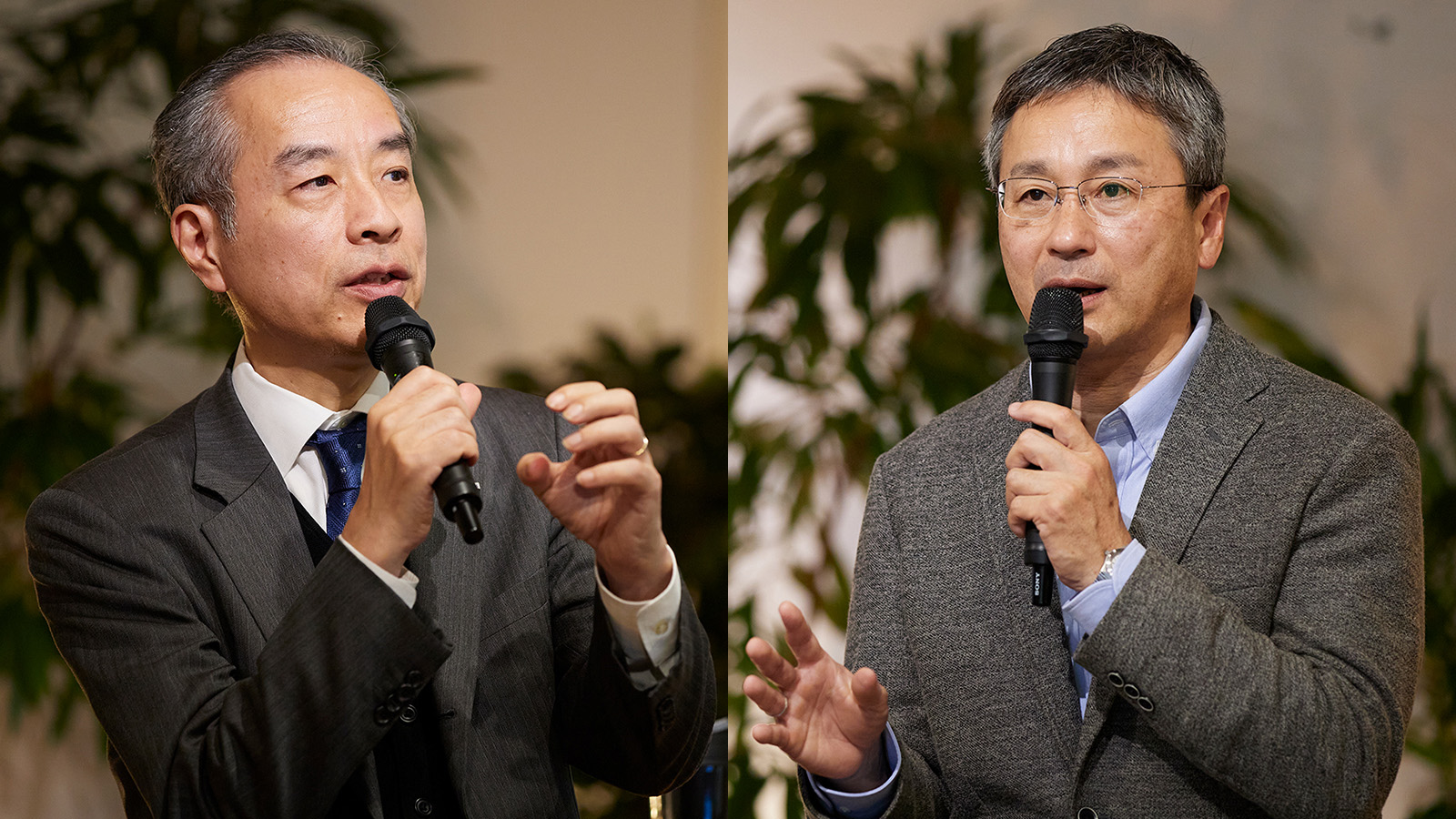Jul 30, 2007
Press Release
FOR IMMEDIATE RELEASE Media Contacts: Akira Kadota, International PR Tel: 03-3578-1237 Fax: 03-3436-6766 Panasonic News Bureau Tel: 03-3542-6205 Fax: 03-3542-9018
Panasonic Develops Advanced Low-range Sound Reproduction Technology for Compact Speakers
Achieving industry's highest level of low-range sound reproduction for ultra-compact mobile terminal speakers by using porous carbon material
Osaka, Japan - Panasonic, the leading brand by which Matsushita Electric Industrial Co. Ltd. is known, today announced that it has developed a patent-pending low-range sound reproduction method, "Nano Bass Exciter," to reproduce high fidelity sound for compact speakers. Panasonic's ground-breaking method is achieved by placing a porous carbon material within the loudspeaker cabinet, enabling small and/or thin speakers used in a range of products such as audio-visual (AV) equipment and mobile terminals to produce the industry's highest level of rich low-range sounds*.
The "Nano Bass Exciter" uses a porous carbon material with nanometer-sized minute pores that control the concentration of air molecules in the speaker. When low-range sound is reproduced, large amplitude vibrations of the diaphragm momentarily increase the air pressure within the loudspeaker cabinet. The "Nano Bass Exciter" physically absorbs the air molecules and decreases the air pressure, allowing the diaphragm in a compact speaker to move in the same manner as the diaphragm in a large loudspeaker cabinet. As a result, even compact equipment can reproduce high fidelity low-range sound.
The "Nano Bass Exciter" achieves twice as much volume of low-range sounds as Panasonic's conventional speakers, allowing rich sound reproduction with high fidelity. The new method can reproduce the low-range sound equivalent to that produced by conventional speakers with larger cabinet volume. It also enables ultra-compact speakers used for mobile terminals to produce a sound effect closer to that of home AV equipment speakers.
This development has been achieved by using two of Panasonic's proprietary technologies:
(1) Acoustic characteristic analysis technologies that determine the conditions of material (material, form, etc.) in order to increase the volume of fidelity of low-range sounds.
(2) Speaker system configuration design technologies to fully utilize the porous carbon material to maximize the volume of low-range sounds.
On small speakers, the diaphragm motion is restricted by the air pressure within the cabinet. Therefore, maintaining fidelity in reproduction of low-range sound is considered to be difficult. Attempts were made to reproduce low-range sounds in which carbon materials were placed within the loudspeaker cabinet to physically absorb air molecules. However, because it is difficult for air molecules to be absorbed by the carbon material at higher sound frequencies, applications in ultra-compact speakers for mobile terminals have shown limited effect. These technologies have therefore only been adopted for a few home AV equipment speakers.
Panasonic is considering applying the new method to future product design including speakers for home AV equipment and mobile terminals. The company has 14 patents pending in Japan and 10 pending in other countries.
*According to our data as of July 30, 2007
About Panasonic
Best known for its Panasonic brand name, Matsushita Electric Industrial Co., Ltd. is a worldwide leader in the development and manufacture of electronic products for a wide range of consumer, business, and industrial needs. Based in Osaka, Japan, the Company recorded consolidated net sales of US$77.19 billion for the year ended March 31, 2007. The Company's shares are listed on the Tokyo, Osaka, Nagoya and New York (NYSE:MC) stock exchanges. For more information on the Company and the Panasonic brand, visit the Company's website at http://panasonic.net/.
The content in this website is accurate at the time of publication but may be subject to change without notice.
Please note therefore that these documents may not always contain the most up-to-date information.
Please note that German, French and Chinese versions are machine translations, so the quality and accuracy may vary.






